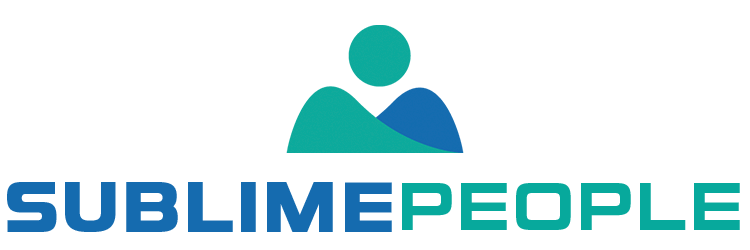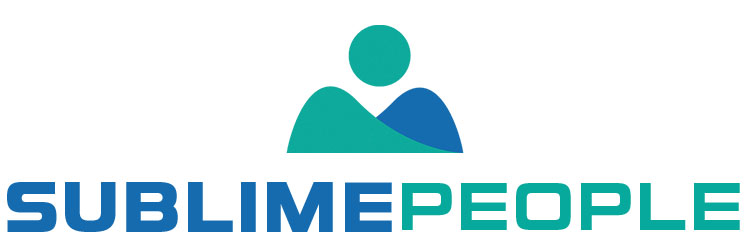Employee referral programs have become an increasingly popular method for companies to find and hire qualified candidates for job openings. Not only does it save time and money on recruiting efforts, but it also tends to result in higher-quality hires and greater employee retention.
However, in order to make the most of this strategy, employers must understand the benefits of employee referrals, as well as the potential pitfalls to avoid. In this article, we will explore the benefits of employee referrals, provide tips for implementing a successful employee referral program, and discuss common mistakes that employers should avoid.
In this Article:
What is employee referral?
It is a process where current employees recommend potential candidates for open positions within their company. This can be done through an internal employee referral program or system, or through word of mouth. Employees may receive benefits, such as cash bonuses, for referring qualified candidates. Although it is a great way to find potential employees, there are also risks and mistakes to be aware of when choosing this alternative.
What is the objective of this type of program?
Employee referral programs are popular among companies because they are an effective way to find quality candidates. The aim is to find potential employees based on recommendations from current employees.
Referred employees are often more qualified and committed to the job than those who are recruited through other methods. They also tend to be more productive and stay with the company longer.
How does it work?
A company’s employee referral program is often done by providing the company with the potential employee’s resume and contact information. If the company is interested in the potential employee, they will reach out to them for an interview.

What are the employee referral program’s advantages and disadvantages?
Employee referral programs are a great way to find qualified employees. When employees refer someone they know and trust, they are likelier to be a good fit for the company. This saves time and money on recruiting and screening new employees.
The main advantage of employee referral programs is that they are a cost-effective way to find qualified employees. Employee referrals typically have a lower turnover rate than other hires, which saves the company time and money in the long run.
The main disadvantage of employee referral programs is that they can lead to nepotism. Employees may be more likely to refer friends or family members who may not be qualified for the job. This can lead to hiring people who are not a good fit for the company and can cause tension among coworkers.
A closer look at the benefits of employee referral
Employee referral is one of the best ways to find quality employees and is a hiring strategy used by many companies. When existing employees refer qualified candidates that they know, and the referred candidates are hired, the participating existing employees may be eligible for referral bonuses. The benefits of using this technique may include:
- Job candidates referred by existing employees working at the company are often more likely to be a good fit for the company and the company culture. They have already been screened by someone you trust, so you don’t have to spend time and resources vetting them yourself.
- Successful candidates are typically more engaged and productive, as they are grateful for the opportunity and want to make a good impression on their new employer and colleagues.
- The employee referral strategy typically leads to lower turnover rates, as successfully referred employees are more likely to be satisfied with their jobs leading to higher employee retention.
- Employee referral bonuses can be a great way to encourage employees to refer their friends and colleagues. Bonuses can range from a few hundred dollars to thousands of dollars, depending on the company.
Tips for an employee referral program
Creating a successful employee referral program takes time and effort, but the results can be well worth it. By following the following tips, you can create a program that helps you find top talent quickly and easily.
Make sure your current employees are aware of the employee referral program
Promote it on your company website and in newsletters, and make sure managers discuss it in team meetings.
Incentivize employees to refer their friends and colleagues
Offer bonuses or other rewards for referrals that lead to new hires for the recruitment team.
Keep track of referrals and hires
This will help the HR professionals measure the effectiveness of the employee referral program and make necessary tweaks over time.
Reward employees who refer high-quality candidates
If someone brings in a successful referral, the hiring manager should thank them publicly and give them a bonus or other reward.

Mistakes to Avoid in employee referral programs
By leveraging the personal and professional networks of their existing employees, companies can potentially reduce recruitment costs, improve candidate quality, and increase employee engagement and retention. However, creating an effective employee referral program is not without its challenges, and there are several common mistakes that companies can make that can limit the program’s success.
One of the mistakes is not providing employees with enough information about the referral program. Employees need to understand the guidelines and expectations for the program to be successful.
Another mistake is not providing current employees with adequate incentives for successful referrals. Employees are more likely to refer friends or family members if they know there is a financial incentive involved.
Last but not least, it’s important to avoid creating too many rules and regulations for the existing employee referral program. This can make it difficult for the existing employees to understand what is expected of them and can lead to frustration. Keep things simple and easy to follow for the best results.
How do you implement a successful employee referral program?
Employee referral programs have been around for a long time and are an effective way to find quality employees. When an employee refers someone, they are already familiar with the company and its culture. This can make the transition into the new position easier for the new hire and can reduce training time. In this sense, there are a few ways to implement an employee referral program.
- Have a formal program where employees receive a bonus for referring a new hire.
- Have an informal program where employees are encouraged to refer friends and family members.
No matter which way a company chooses to implement its employee referral program, there are a few things to keep in mind;
- Ensure all employees are aware of the program and how it works.
- Make sure that the bonus is worth their time.
- Create a process for reviewing and accepting referrals.
- Track the success of the program and make changes as needed.
How do you structure an employee referral program?
Many businesses have employee referral programs (ERPs) in place as a way to identify and attract potential employees. The process of setting up and running an ERP, however, can be daunting. Here are some tips for a successful employee referral program:
1. Define the goals of your program.
What do you hope to achieve by having an ERP? Increased employee satisfaction? Higher retention rates? Lower recruitment costs? Once you know what you want to achieve, you can design a program that meets your needs.
2. Establish eligibility criteria.
Who is eligible to participate in the program? Employees only? Friends and family members of employees? Anyone who applies? Decide who is eligible to receive referral bonuses and ensure everyone involved is aware of the rules.
3. Create a process for referring candidates.
How will employees submit referrals? Will they need to fill out a form? Can they just send an email or call someone? Make sure the process is easy for employees to follow and that all necessary information is included.
4. Set up a system for tracking referrals.
Who will handle tracking referrals and determining whether candidates are hired? Will there be a separate team responsible for this or will someone in HR be responsible? Make sure there is a system in place for keeping track of referrals and awarding bonuses accordingly.
5. Communicate the program to employees.
Employees need to know what the program is, how it works, and what to do to participate. Be sure to provide clear instructions and answer any questions employees may have.
A word from SublimePeople
Employee referral programs can be an effective way for companies to attract and hire top talent while also boosting employee engagement and retention. However, it is important for companies to approach these programs strategically and avoid common mistakes. With the right approach and ongoing effort, employee referral programs can be a valuable tool for companies looking to achieve their hiring goals and build a strong, engaged, and diverse team.




